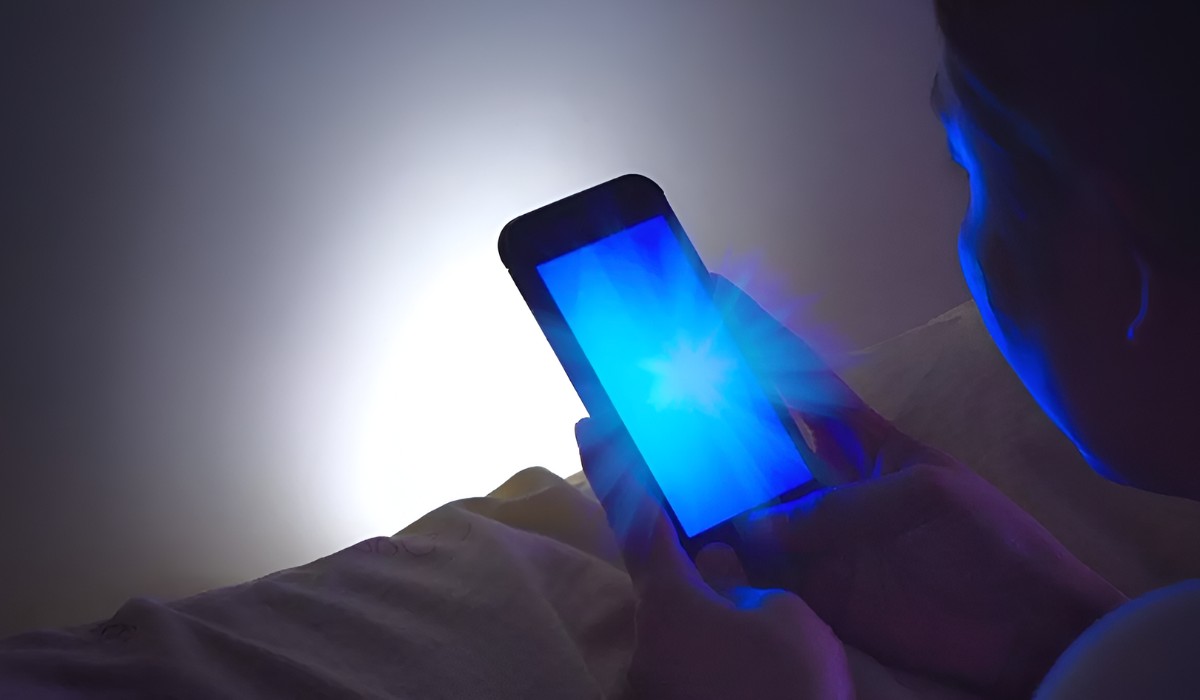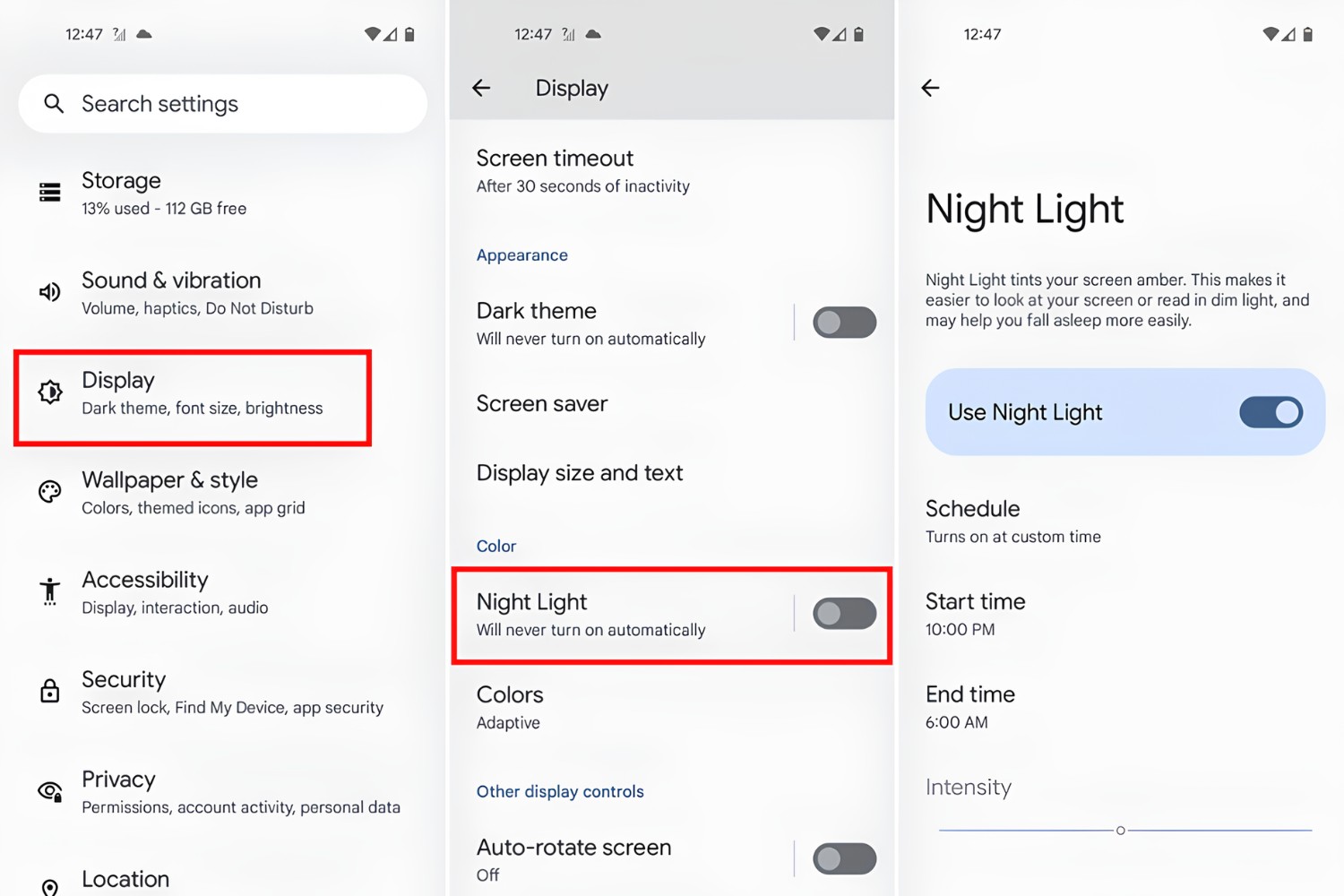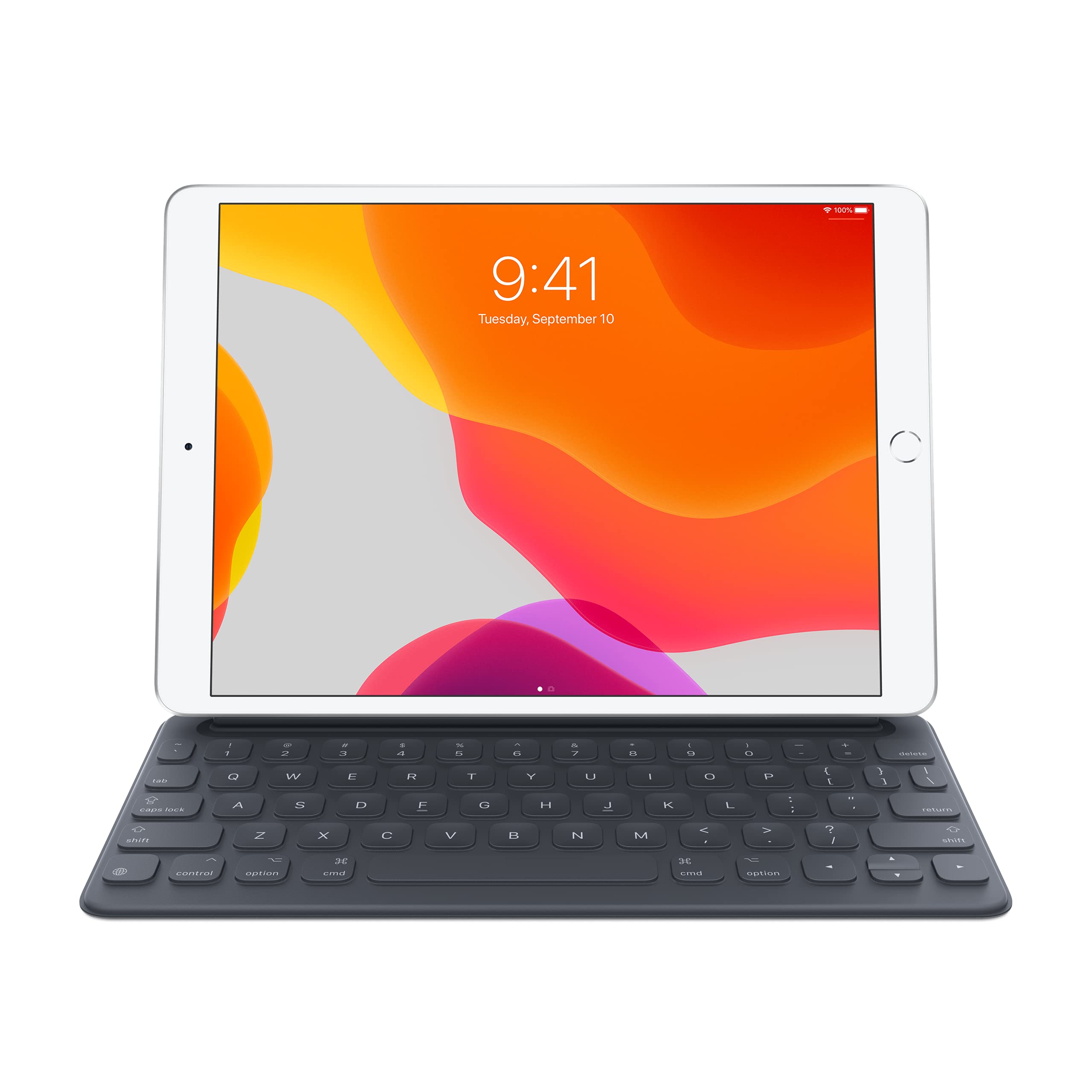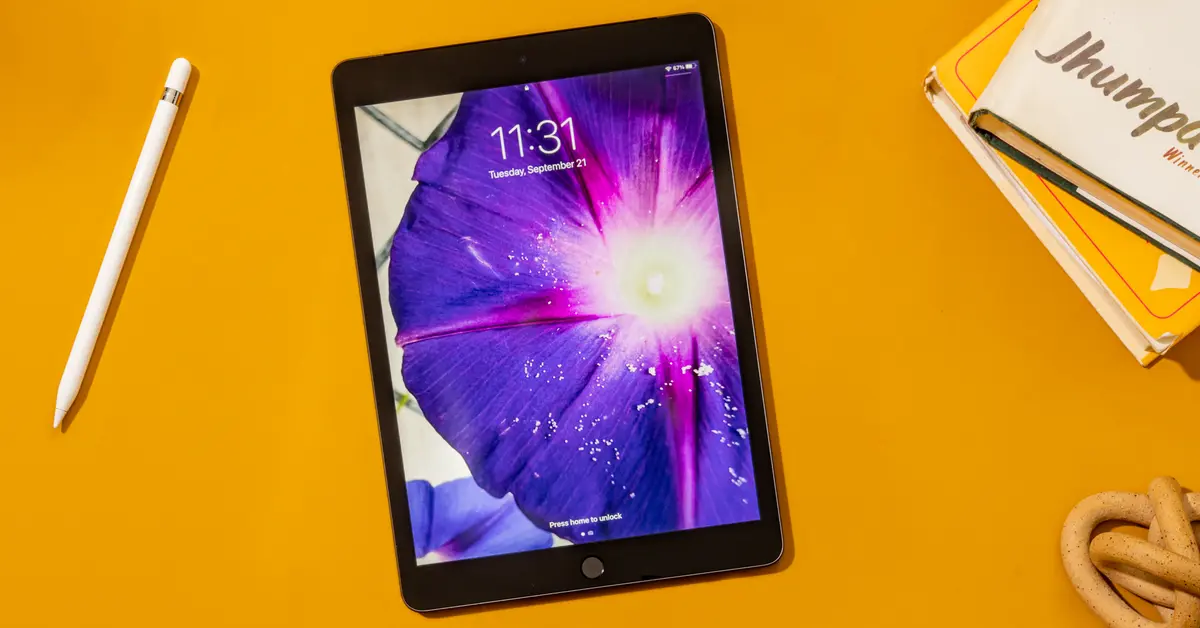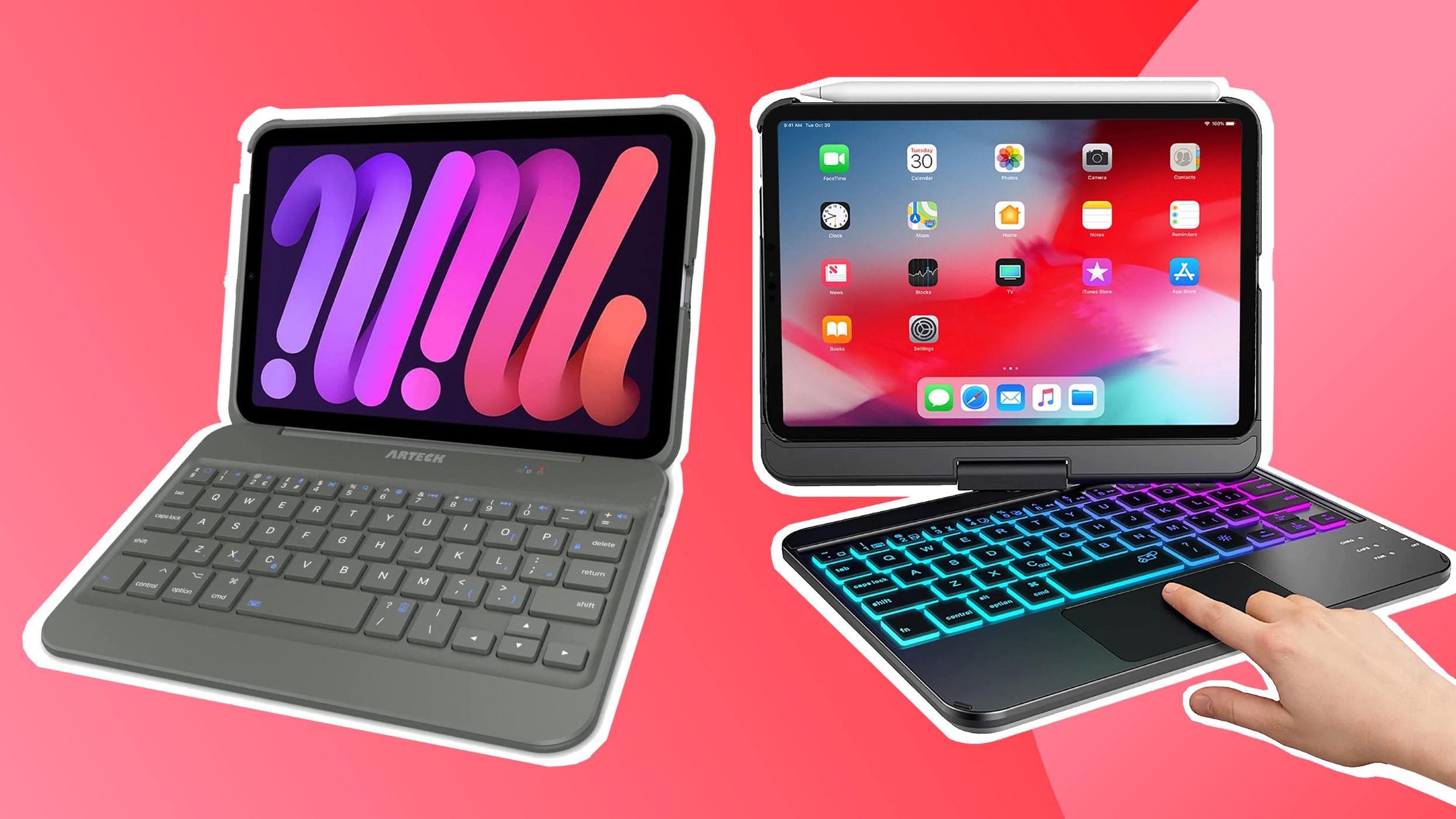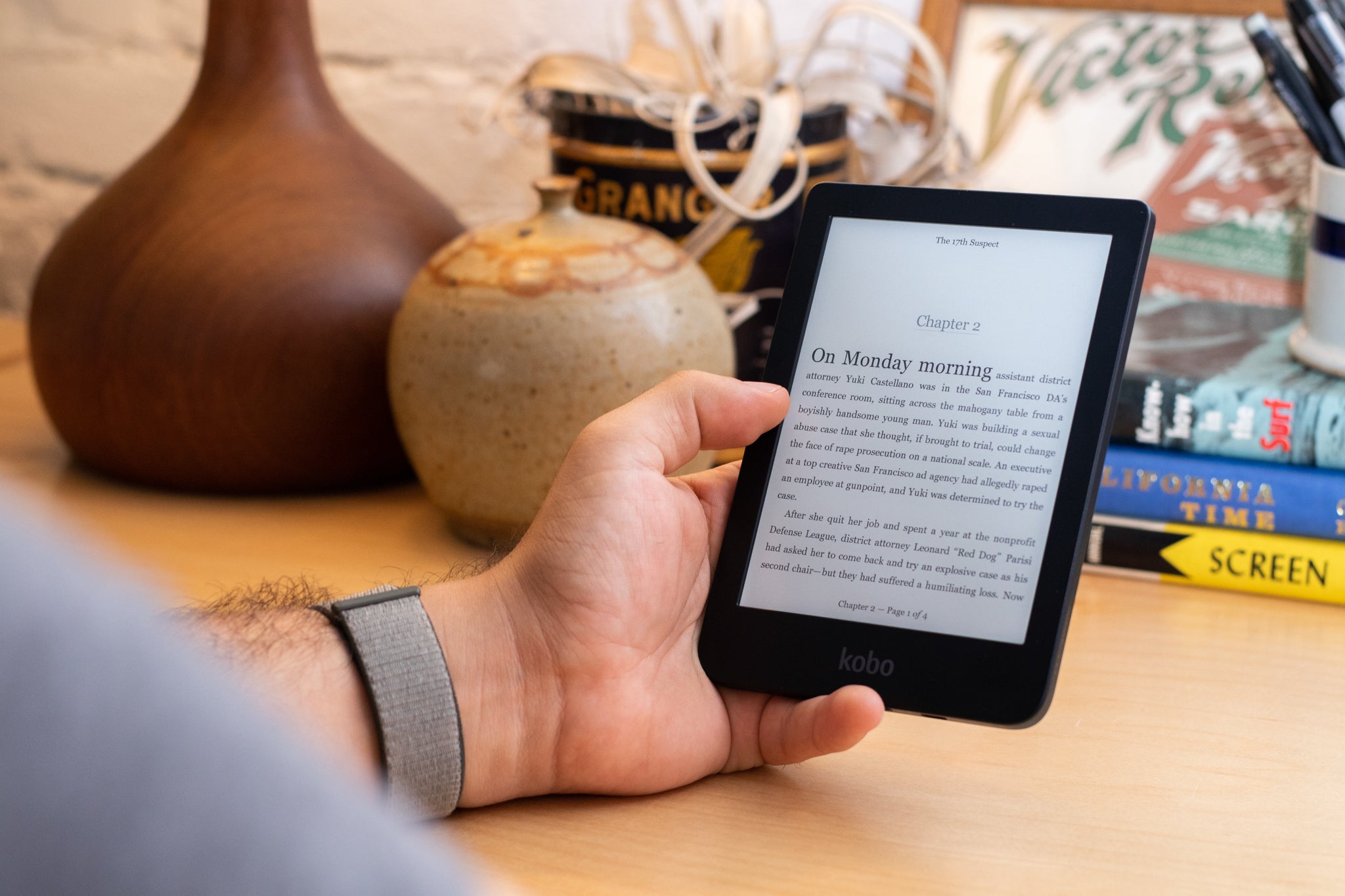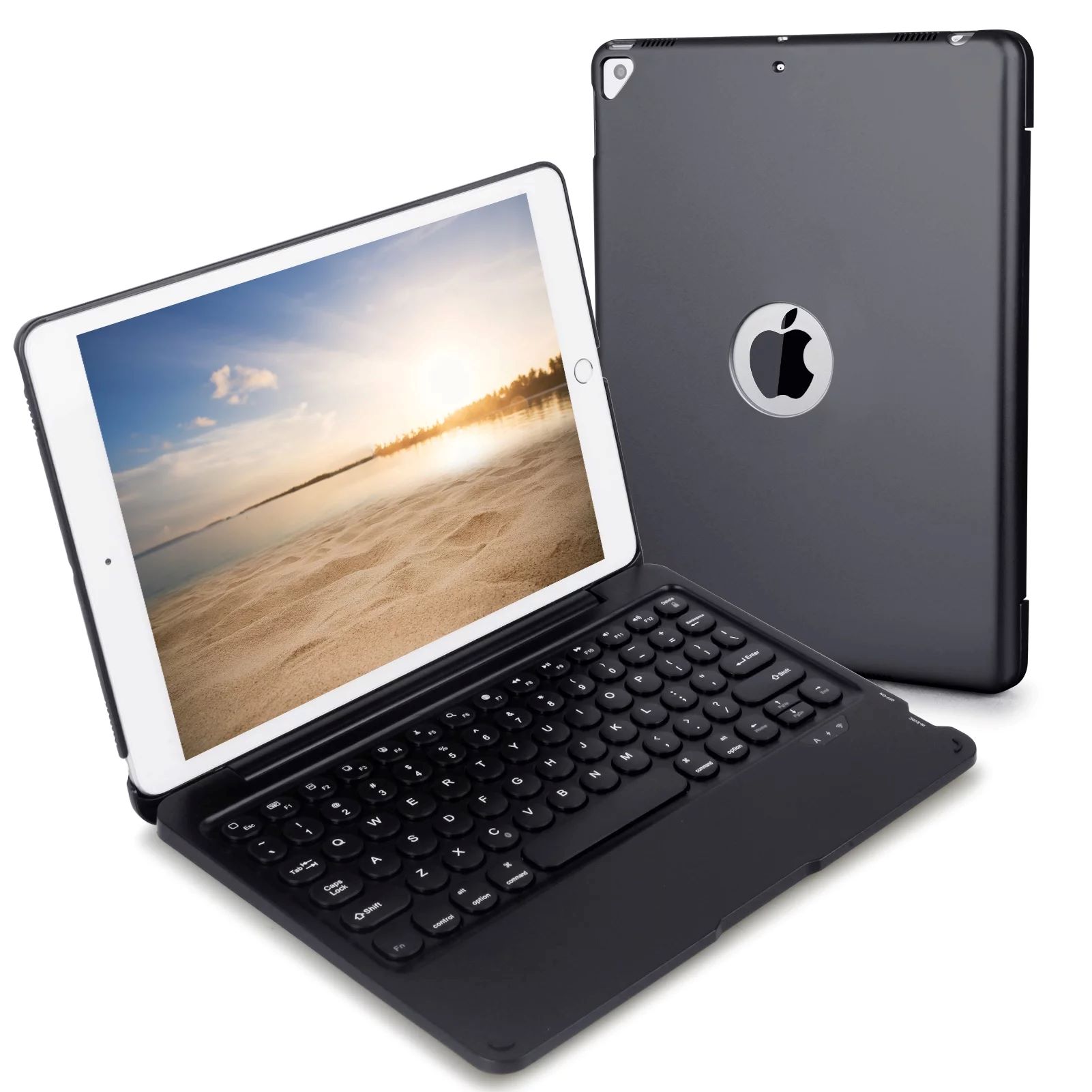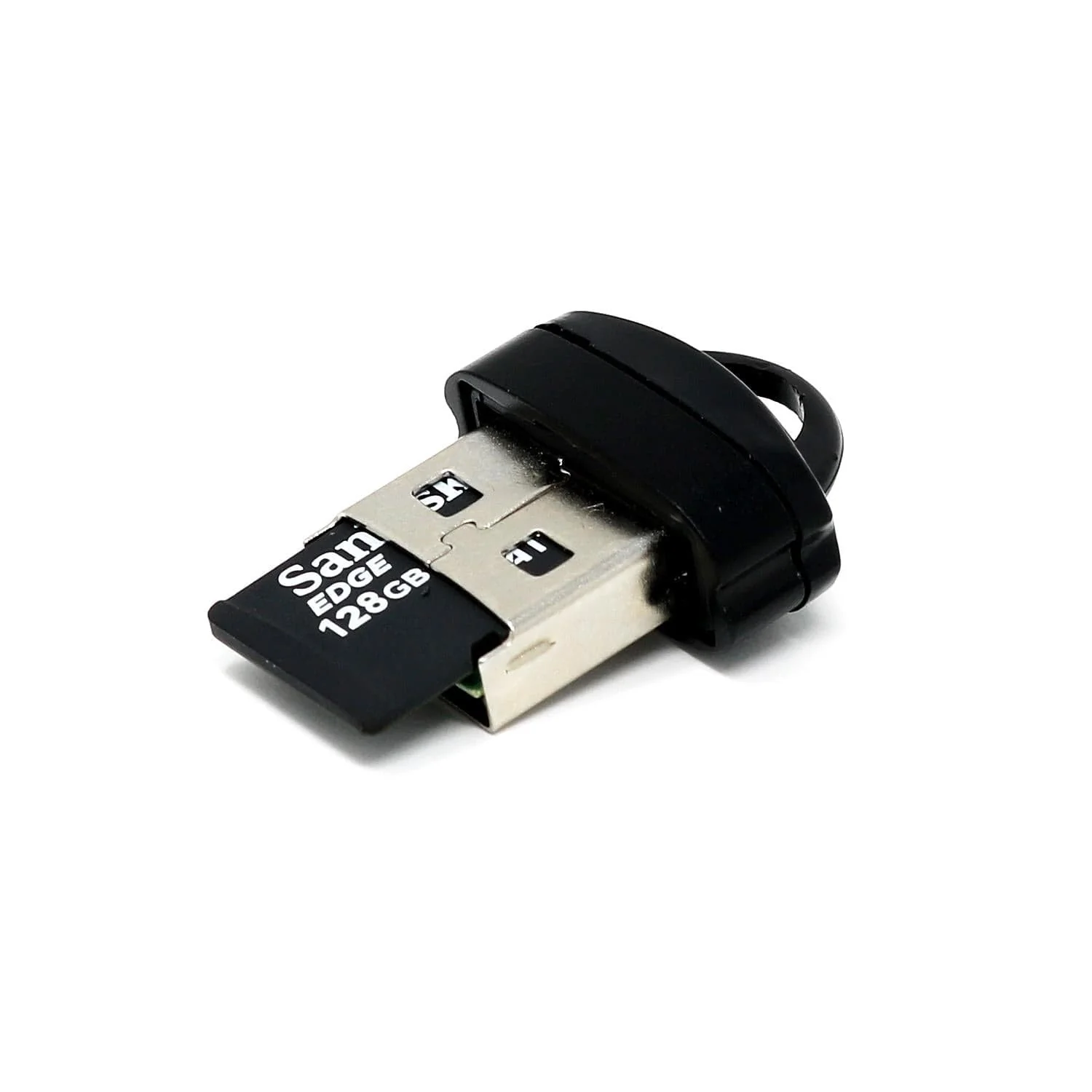Introduction
As technology continues to evolve, our reliance on gadgets has become more pronounced. One such gadget that has seamlessly integrated into our daily lives is the iPad. Whether it's for work, entertainment, or staying connected with loved ones, the iPad has become an indispensable companion for millions of users worldwide.
However, the prolonged use of digital devices, including the iPad, has raised concerns about the potential health impacts associated with exposure to blue light emitted by screens. In response to these concerns, many users are seeking ways to minimize their exposure to blue light without compromising their digital experience.
In this comprehensive guide, we will delve into the effects of blue light on our eyes and overall well-being, the importance of reducing blue light exposure, and practical tips for turning off blue light on your iPad. Additionally, we will explore other strategies for enhancing your viewing experience on the iPad, ensuring that you can enjoy its features while prioritizing your eye health.
Let's embark on this journey to empower iPad users with the knowledge and tools to optimize their viewing experience and safeguard their visual wellness. Whether you're a seasoned iPad user or new to the world of digital devices, this guide will equip you with valuable insights and actionable strategies to make the most of your iPad while mitigating the potential effects of blue light exposure.
Understanding Blue Light and its Effects
Blue light is a high-energy, short-wavelength light that is emitted by digital screens, LED lighting, and the sun. While exposure to natural blue light during daylight hours can have positive effects on our mood, alertness, and cognitive function, excessive or prolonged exposure to artificial sources of blue light, such as the iPad screen, can pose potential risks to our visual and overall health.
When we engage with digital devices, our eyes are subjected to a concentrated emission of blue light. Unlike other wavelengths of light, blue light has the ability to penetrate the eye's natural filters and reach the retina. This can lead to digital eye strain, also known as computer vision syndrome, which encompasses a range of symptoms including eyestrain, headaches, dry eyes, and blurred vision. Prolonged exposure to blue light has also been linked to disruptions in circadian rhythms, potentially affecting sleep patterns and overall well-being.
Furthermore, scientific research has suggested that chronic exposure to blue light may contribute to long-term vision problems, such as age-related macular degeneration (AMD). The retina, which is sensitive to light and responsible for transmitting visual information to the brain, can be adversely impacted by the cumulative effects of blue light exposure. This has raised concerns about the potential for increased risk of vision-related conditions among individuals who frequently use digital devices emitting blue light.
In addition to its impact on visual health, blue light exposure has broader implications for our overall well-being. The disruption of circadian rhythms due to excessive blue light exposure, particularly in the evening, can interfere with the body's natural sleep-wake cycle. This can lead to difficulty falling asleep, reduced sleep quality, and subsequent daytime fatigue. As sleep plays a crucial role in physical and mental restoration, the negative effects of blue light on sleep patterns have far-reaching implications for our health and productivity.
By understanding the effects of blue light on our eyes and well-being, we can make informed decisions about managing our exposure to this pervasive form of light. In the following sections, we will explore practical strategies for reducing blue light exposure and optimizing the viewing experience on the iPad, empowering users to prioritize their visual wellness without sacrificing the benefits of digital technology.
The Importance of Reducing Blue Light Exposure
The growing prevalence of digital devices in our daily lives has significantly increased our exposure to blue light, prompting a heightened awareness of the potential health implications associated with prolonged screen time. As we immerse ourselves in the digital landscape, it becomes crucial to recognize the importance of reducing blue light exposure and implementing measures to safeguard our visual and overall well-being.
First and foremost, mitigating blue light exposure is essential for minimizing the risk of digital eye strain, a prevalent condition that manifests as discomfort, fatigue, and visual disturbances after extended use of digital screens. By proactively reducing our exposure to blue light, we can alleviate the strain on our eyes and mitigate the associated symptoms, fostering greater comfort and sustained visual acuity during and after screen use.
Moreover, the impact of blue light on our sleep patterns and circadian rhythms underscores the significance of reducing its influence, particularly during evening hours. Excessive exposure to blue light, especially in the hours leading up to bedtime, can disrupt the body's natural production of melatonin, a hormone crucial for regulating sleep-wake cycles. By minimizing blue light exposure, especially in the evening, individuals can promote healthier sleep patterns, enhance sleep quality, and mitigate the potential for sleep disturbances arising from prolonged screen time.
In the context of long-term visual health, reducing blue light exposure assumes even greater significance. Scientific evidence suggests that chronic exposure to blue light may contribute to the development or progression of age-related macular degeneration (AMD), a leading cause of vision loss among older adults. By taking proactive steps to minimize blue light exposure, individuals can potentially reduce their long-term risk of vision-related conditions, thereby safeguarding their visual health and preserving their quality of life.
Furthermore, prioritizing the reduction of blue light exposure aligns with a holistic approach to wellness, acknowledging the interconnectedness of visual health, sleep quality, and overall vitality. By embracing strategies to minimize blue light exposure, individuals can cultivate a healthier relationship with digital technology, fostering a balanced lifestyle that integrates the benefits of digital devices with proactive measures to mitigate potential health impacts.
In essence, the importance of reducing blue light exposure cannot be overstated, as it encompasses multifaceted benefits for visual comfort, sleep quality, long-term visual health, and overall well-being. By recognizing the significance of mitigating blue light exposure and implementing practical measures to achieve this goal, individuals can empower themselves to harness the advantages of digital technology while safeguarding their health and vitality in the digital age.
How to Turn Off Blue Light on Your iPad
To mitigate the potential effects of blue light exposure and enhance your viewing experience on the iPad, it's essential to familiarize yourself with the available features and settings that enable you to reduce the emission of blue light. Fortunately, Apple has integrated a dedicated functionality known as "Night Shift" into the iPad's operating system, providing users with a convenient way to minimize blue light output from the screen.
Activating Night Shift Mode
- Accessing Settings: Begin by accessing the "Settings" app on your iPad, which can be easily located from the home screen.
- Select Display & Brightness: Within the Settings menu, tap on "Display & Brightness" to access a range of display-related options.
- Enabling Night Shift: Under the Display & Brightness settings, locate and tap on "Night Shift." This will lead you to the Night Shift configuration panel, where you can customize the activation and intensity of the feature.
Customizing Night Shift Settings
- Scheduling Night Shift: You have the option to schedule Night Shift to activate automatically during specific time frames, such as sunset to sunrise or custom schedules tailored to your preferences.
- Adjusting Color Temperature: Night Shift allows you to adjust the color temperature of the display to reduce the blue light emission, promoting a warmer and less intense visual output during nighttime usage.
Additional Considerations
In addition to activating Night Shift, it's advisable to explore complementary strategies for minimizing blue light exposure when using your iPad. This includes adjusting the screen brightness to a comfortable level, taking regular breaks from prolonged screen use, and leveraging external accessories such as blue light-filtering screen protectors or specialized eyewear designed to mitigate blue light exposure.
By integrating these practical steps into your iPad usage habits, you can effectively reduce blue light emission and optimize your viewing experience, thereby prioritizing your visual wellness while enjoying the myriad capabilities of your iPad.
Incorporating these features and practices into your iPad usage routine can significantly contribute to mitigating the potential effects of blue light exposure, fostering greater visual comfort and long-term well-being as you engage with your digital device.
Other Tips for Better Viewing on Your iPad
In addition to leveraging the Night Shift feature to reduce blue light emission, there are several supplementary strategies and tips that can further enhance your viewing experience on the iPad while prioritizing visual comfort and well-being.
Screen Positioning and Ambient Lighting
Optimizing the positioning of your iPad screen and considering ambient lighting conditions can significantly impact your visual comfort during extended usage. Position the screen at a comfortable viewing angle, minimizing glare and reflections that can cause eye strain. Additionally, ensure that the ambient lighting in your environment is conducive to screen viewing, avoiding excessively bright or dim lighting that can create visual discomfort.
Screen Brightness Adjustment
Adjusting the screen brightness to suit the surrounding lighting conditions is pivotal for promoting visual comfort and reducing eye strain. In well-lit environments, consider increasing the screen brightness to enhance visibility, while dimming the screen in low-light settings to prevent excessive eye fatigue. Utilize the iPad's brightness controls to achieve an optimal balance that aligns with your viewing environment.
Regular Breaks and Eye Exercises
Incorporating periodic breaks into your iPad usage routine is essential for alleviating eye strain and preventing visual fatigue. Follow the 20-20-20 rule, where every 20 minutes, shift your gaze to an object at least 20 feet away for 20 seconds. This simple practice can help relax eye muscles and mitigate the effects of prolonged screen engagement.
Blue Light-Filtering Accessories
Consider integrating blue light-filtering accessories into your iPad setup to further diminish blue light exposure. Blue light-filtering screen protectors and specialized eyewear designed to mitigate blue light emission can serve as valuable additions to your visual wellness toolkit, complementing the built-in Night Shift feature to enhance your overall viewing experience.
Customized Accessibility Settings
Explore the accessibility settings on your iPad to tailor the display parameters according to your individual visual preferences and requirements. Features such as text size adjustment, color inversion, and contrast enhancements can be personalized to accommodate specific visual needs, contributing to a more comfortable and tailored viewing experience.
By integrating these additional tips and practices into your iPad usage routine, you can proactively enhance your viewing experience while safeguarding your visual well-being. These strategies, when combined with the implementation of Night Shift and other built-in features, empower you to strike a harmonious balance between leveraging the capabilities of your iPad and prioritizing your visual health and comfort.







